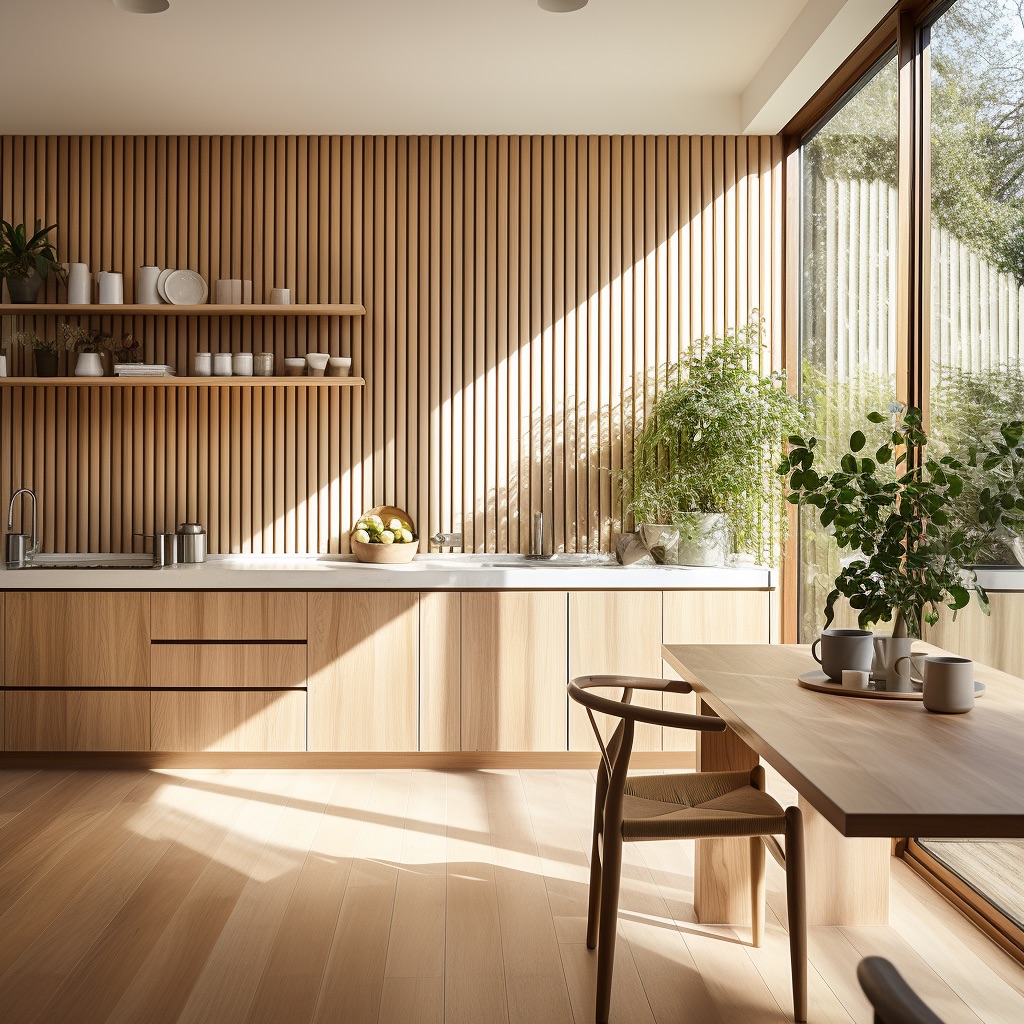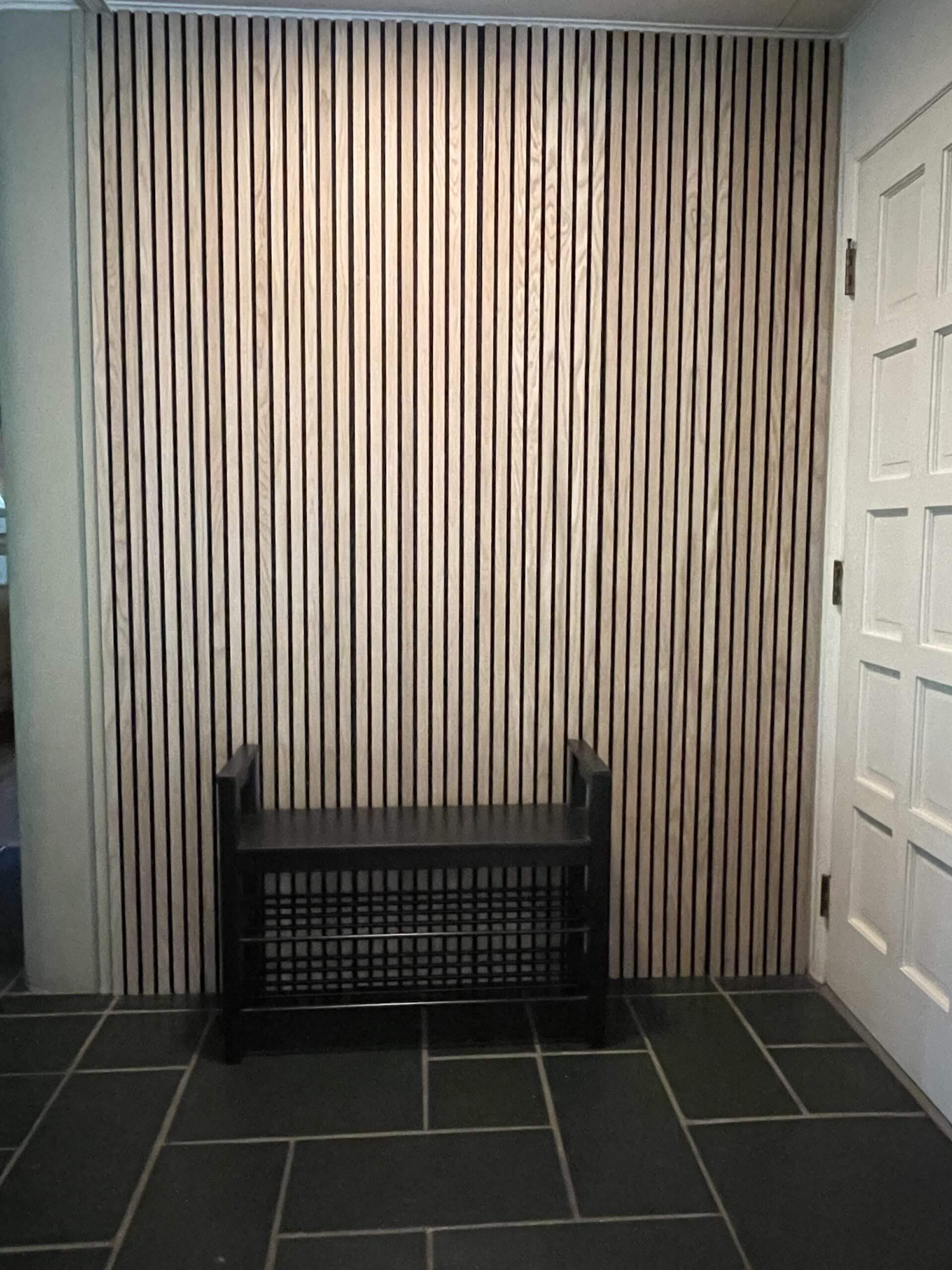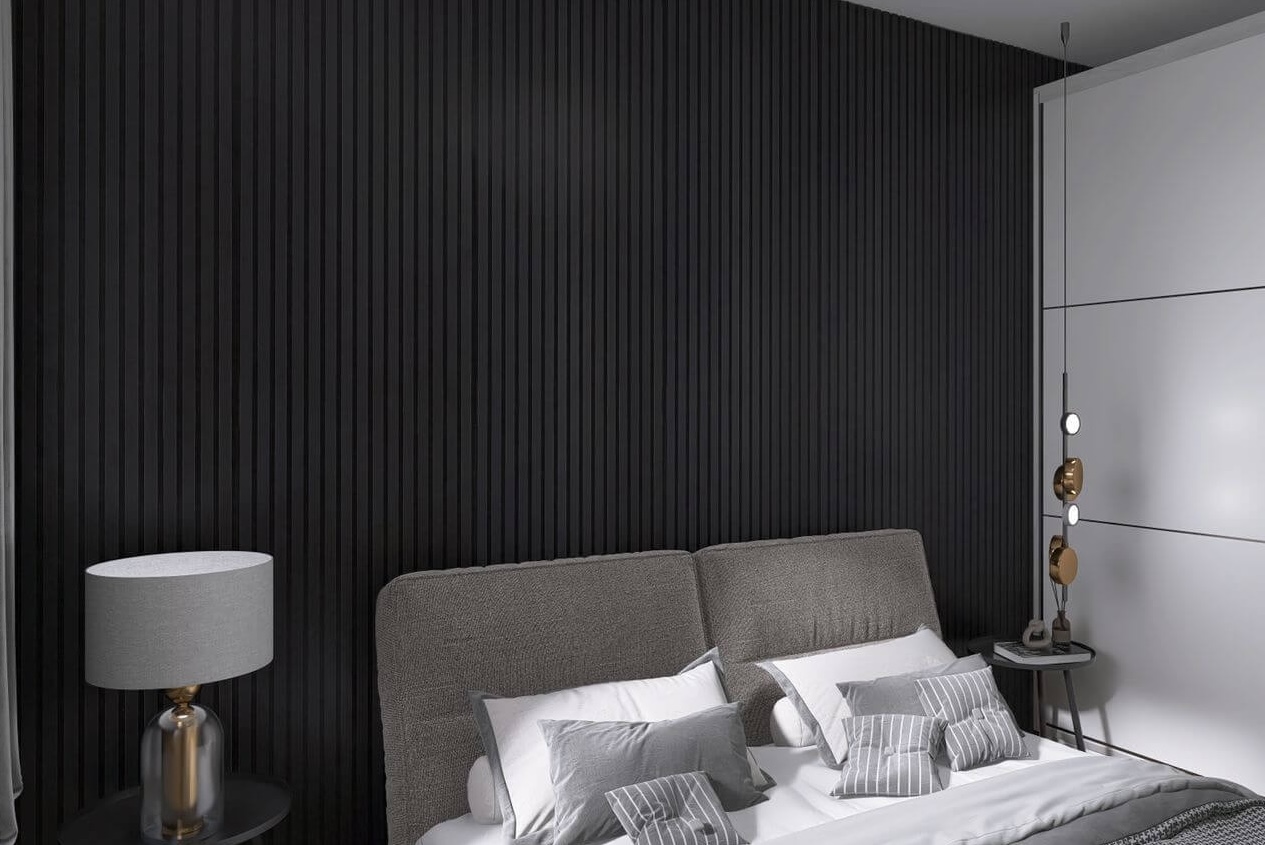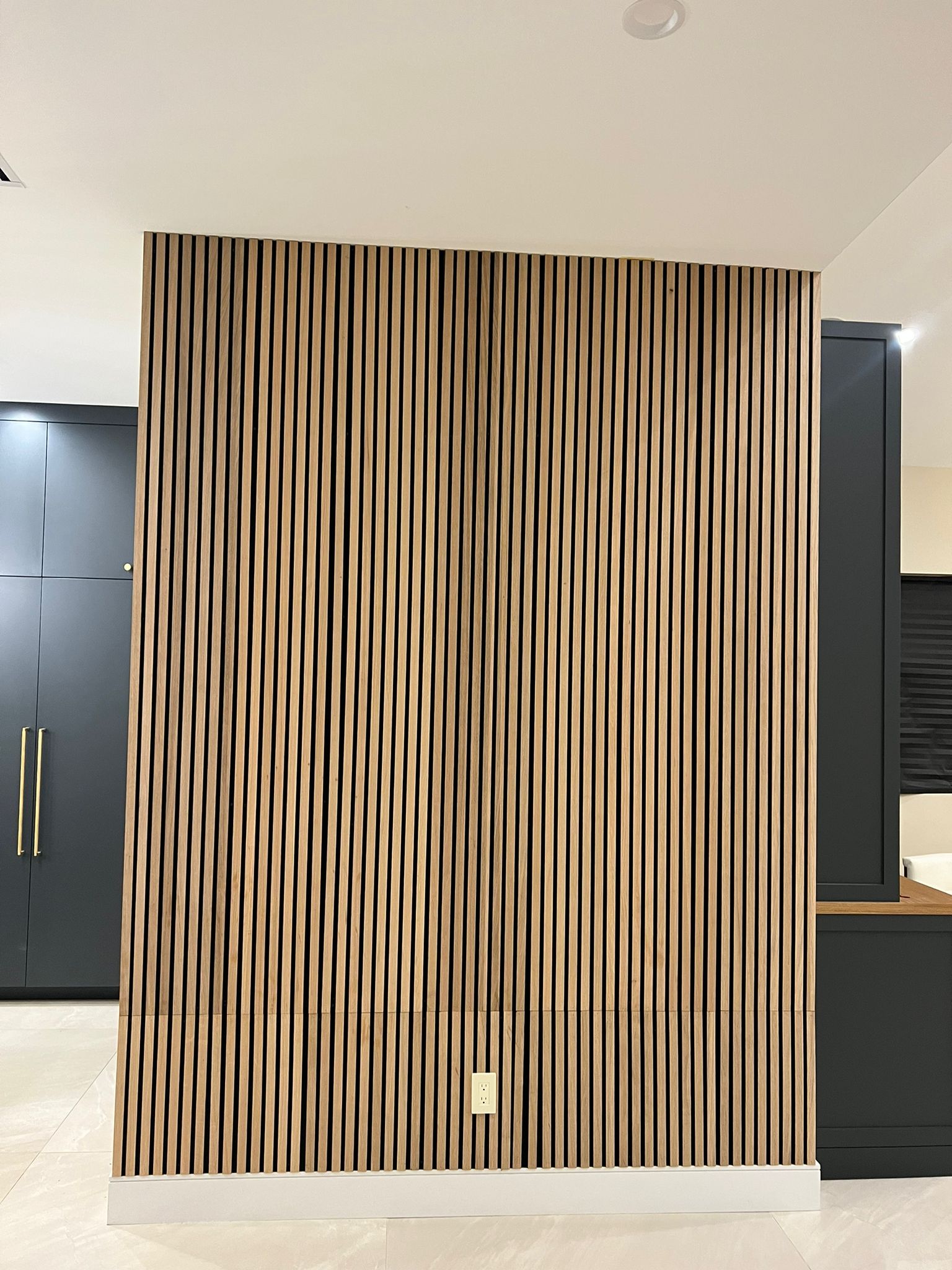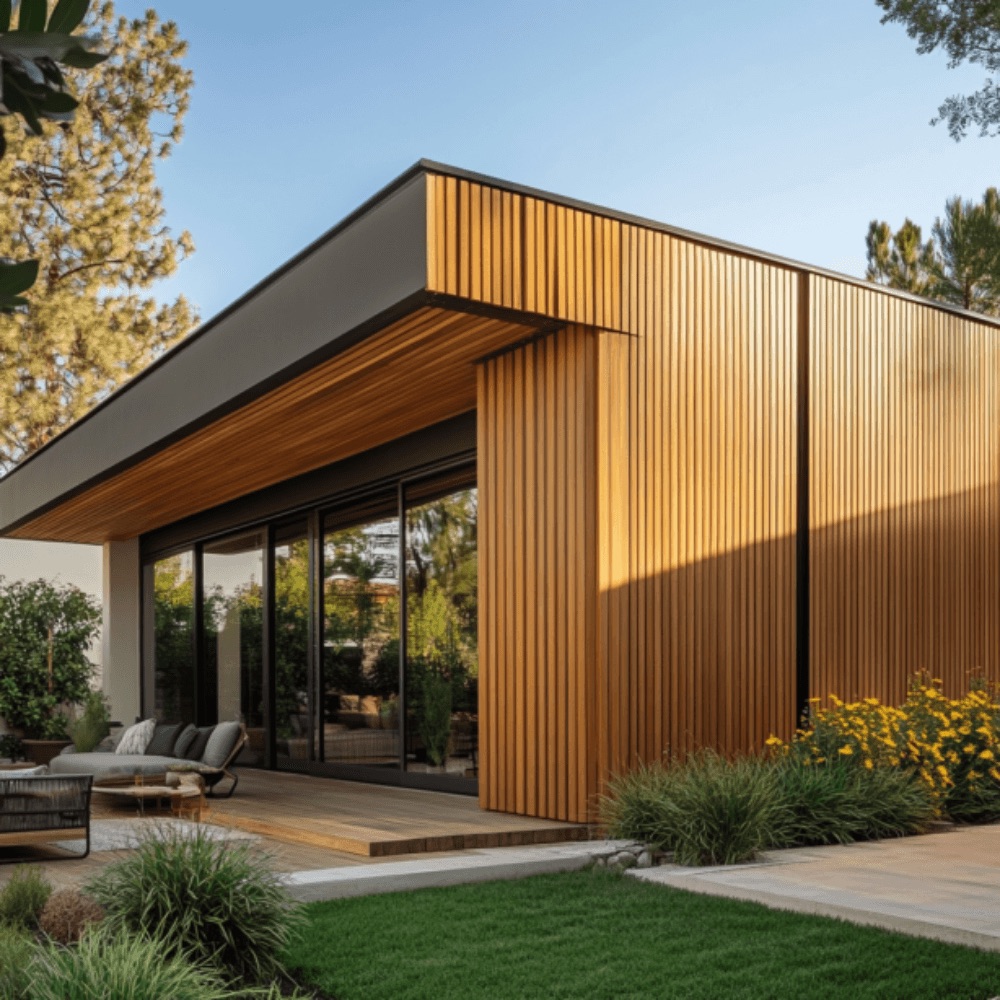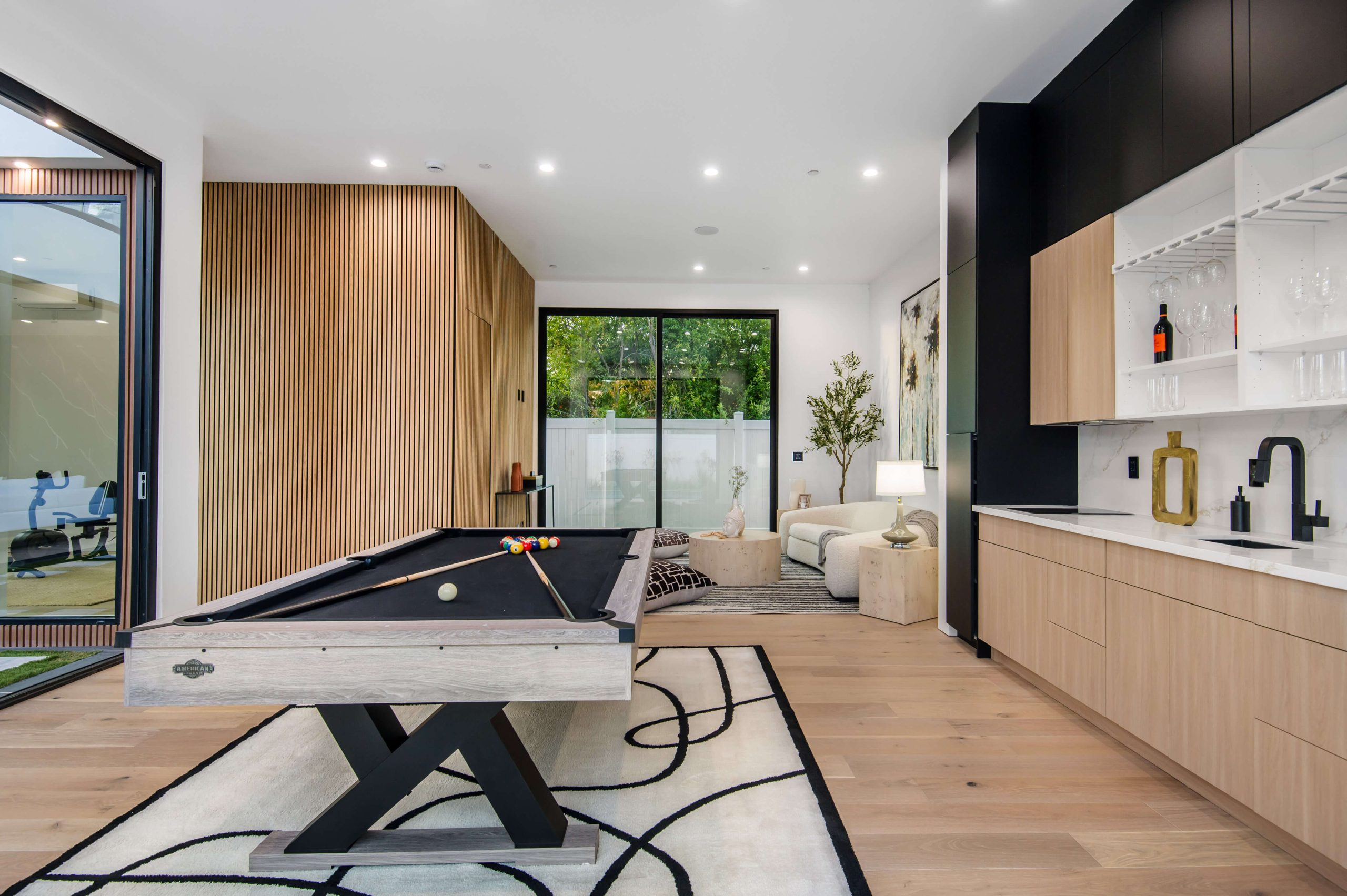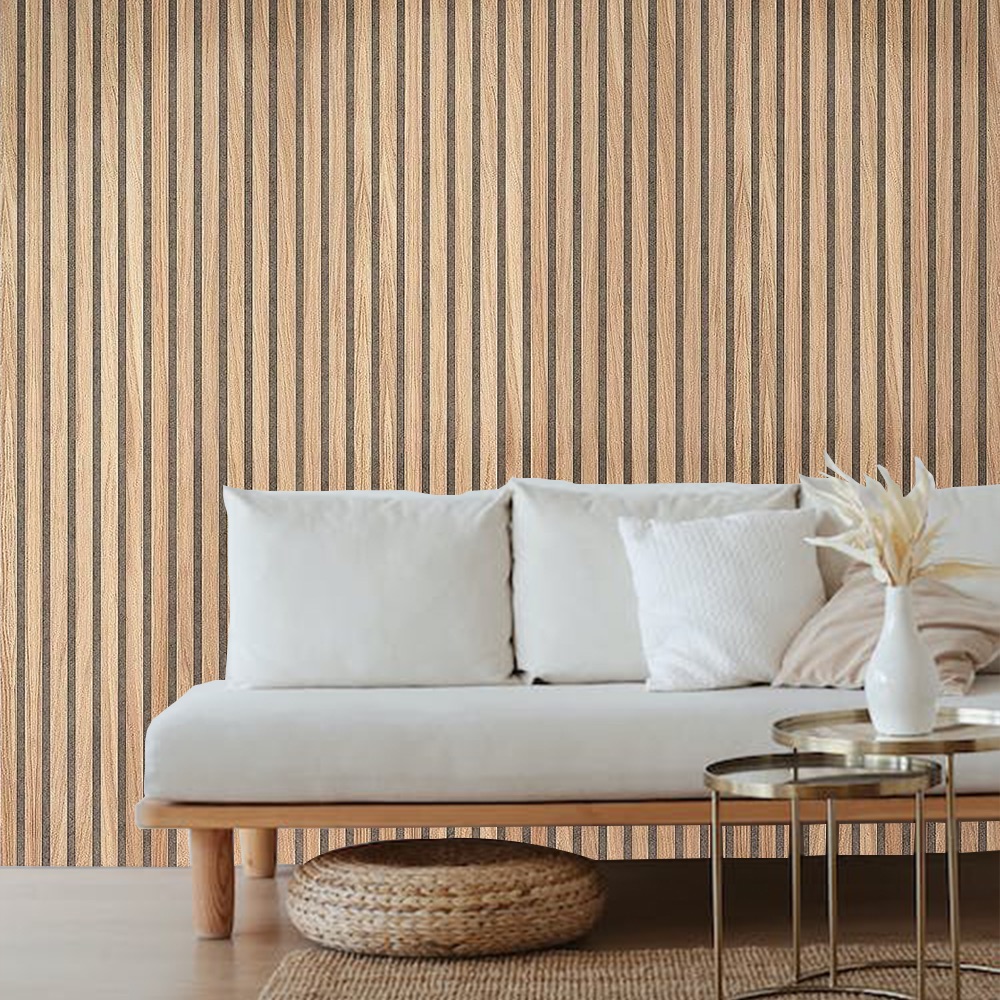Wood has always had a way of making any space feel warm and natural. Whether it’s a rustic kitchen or a sleek bathroom, the charm of wood adds a cozy vibe that’s hard to beat. But not just any wood will do. When it comes to finding the right wood panels for kitchens and bathrooms, you need something that looks great, handles moisture, and lasts for years. Let’s dive into the best choices and how to pick the perfect fit for your home.
If you want your space to stand out without overdoing it, wood panels for kitchens and bathrooms are the way to go. These panels can transform plain walls into beautiful focal points that feel inviting and fresh.
One of the first things homeowners ask is: what kind of wood works best in places where there’s a lot of heat, water, and steam? You need panels that look stunning but are also up to the job. That’s where smart choices come in.
Here are some of the best options when choosing wood panels:
Popular Wood Panel Options That Work Best
- Natural Oak Panels – Oak is strong and classy. Its grain pattern gives off a timeless feel. Oak handles heat and humidity well, which makes it a top pick for both kitchens and bathrooms.
- Cedar Panels – Cedar has natural oils that help resist moisture, making it ideal for damp places. Plus, it smells amazing!
- Teak Wood Panels – This one’s known for being water-resistant. That’s why it’s often used in boats. For bathrooms, it’s a smart and stylish option.
- Engineered Wood Panels – These are made by layering different kinds of wood together. The result? A strong and stable panel that won’t warp easily when things get steamy.
Now, even with the best wood types, what really matters is how they’re made and installed. That’s where quality products shine. Check out these high-performing natural panels like the Natural Oak Acoustic Slat Wood Wall Panels for style and function in one perfect package.
When you’re adding wood panels for kitchens and bathrooms, it’s not just about looks. It’s also about how they work with your space. Here’s how to make them really shine:
Smart Ways to Use Wood Panels in Kitchens and Bathrooms
- Use vertical slats to make your ceiling look higher.
- Frame your mirror or backsplash with wood panels for a stylish border.
- Try a feature wall behind your tub or sink to give the space a spa-like vibe.
- Mix materials like tile and wood to keep things balanced and fresh.
Adding wood panels for kitchens and bathrooms doesn’t mean you need to go all out. A little wood in the right spot can make a big difference.
We’ve seen a lot of designs, and some clever tricks stand out every time. For example, pairing lighter woods with white or soft gray cabinets makes your kitchen feel open and airy. In bathrooms, darker woods can create a calming and cozy space, like your own little getaway.
Key Benefits to Keep in Mind
Here’s what makes wood panels worth the investment:
- Moisture Resistance – The right wood and proper sealing keep moisture from ruining your panels.
- Insulation – Wood keeps spaces warm and helps reduce noise, especially in echo-heavy kitchens.
- Easy to Clean – Most panels can be wiped down with a damp cloth—super simple!
- Timeless Look – Wood never really goes out of style.
- Eco-Friendly – Many options today come from sustainable sources.
Plus, when you shop from trusted sources like this curated wood panel collection, you’re not just getting style—you’re getting panels that last.
Important Terms You Should Know
To make smart choices, it helps to understand a few popular wood panel terms:
- Tongue and Groove: These panels fit together like puzzle pieces, making installation easier and creating a smooth finish.
- Beadboard: This classic paneling has a vertical groove pattern. It’s great for traditional or cottage-style spaces.
- Shiplap: Often seen in modern farmhouse designs, shiplap gives a clean and simple look with overlapping joints.
- Veneer Panels: Thin slices of real wood over a base. You get the real wood look without the higher cost.
- Acoustic Panels: Designed to absorb sound, these panels also add a modern texture to your walls.
Wood panels are not just pretty—they serve a purpose. And knowing these terms makes it easier to talk to designers, builders, or even choose products yourself.
How to Choose the Right Panel
Picking the best wood panels for kitchens and bathrooms means thinking about more than just looks. Here’s a quick checklist:
- Moisture Level: Bathrooms need panels that resist damp air.
- Heat Exposure: Kitchens often get hot. Choose panels that won’t warp.
- Style Match: Look at your cabinets, counters, and tiles. Find wood that fits in.
- Maintenance: Make sure you’re ready for the care the wood needs.
To help decide what works best for your home, it’s smart to explore design ideas that feel warm and cozy—you’ll get inspired and find panels that fit your vibe.
Visual Breakdown – Best Panel Choices
| Panel Type | Best Room Use | Moisture Resistance | Style Vibe |
|---|---|---|---|
| Natural Oak | Kitchen | High | Elegant & Modern |
| Cedar | Bathroom | Very High | Rustic & Warm |
| Teak | Bathroom | Excellent | Luxe & Spa-like |
| Engineered Wood | Both | High | Versatile & Clean |
| Acoustic Slats | Kitchen | Moderate | Textured & Trendy |
As you can see, there’s no one-size-fits-all. It really depends on how you want your space to look and function.
When we think about adding wood panels for kitchens and bathrooms, it’s more than just filling up a wall—it’s about creating a mood. A cozy kitchen where everyone gathers. A quiet bathroom that helps you unwind. That’s the beauty of wood.
So, if you’re planning a little home upgrade, we say go for it. Start small if you like. Try one wall, one corner, or even a backsplash. Feel the difference it makes. And when you’re ready to explore all your options, you can trust that the right panels are just a click away.
We’re always here to help you create a home that feels just right, with natural beauty that lasts.
FAQs
1. Can I use wood panels in my bathroom even though it’s a humid space?
Yes, absolutely. Just make sure to choose moisture-resistant wood panels like cedar, teak, or engineered wood. These handle damp environments really well when sealed properly, so they won’t warp or rot over time.
2. What’s the best type of wood panel for a kitchen wall?
For kitchens, we recommend natural oak or engineered wood panels. They’re strong, handle heat well, and give your space a warm, stylish touch. Acoustic slat panels also work great if you want something that reduces noise and looks modern.
3. How do I maintain and clean wood panels in kitchens or bathrooms?
It’s simple. Most wood panels can be wiped down with a damp cloth. Avoid soaking them or using harsh chemicals. Just light cleaning and occasional resealing (if needed) will keep them looking great.
4. Will adding wood panels make my space look too dark or heavy?
Not at all—as long as you choose the right wood tone. Lighter woods like oak brighten up small kitchens, while deeper tones like walnut or teak bring a cozy feel to bathrooms. You can also mix wood with tile or paint to balance the look.
5. Do I need a professional to install wood panels, or can I DIY?
You can totally do it yourself if you’re handy. Many panels come in easy-to-install formats like tongue-and-groove or peel-and-stick. But for complex layouts or full walls, hiring a pro ensures a perfect finish that lasts.

